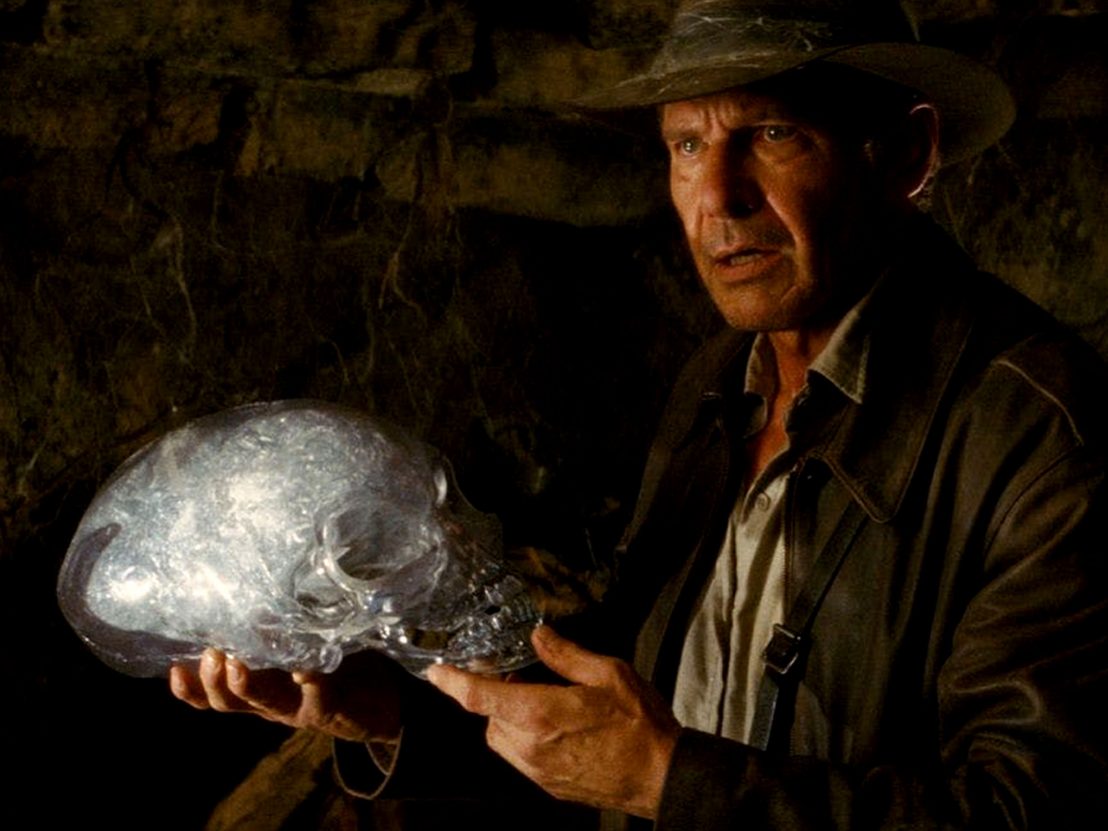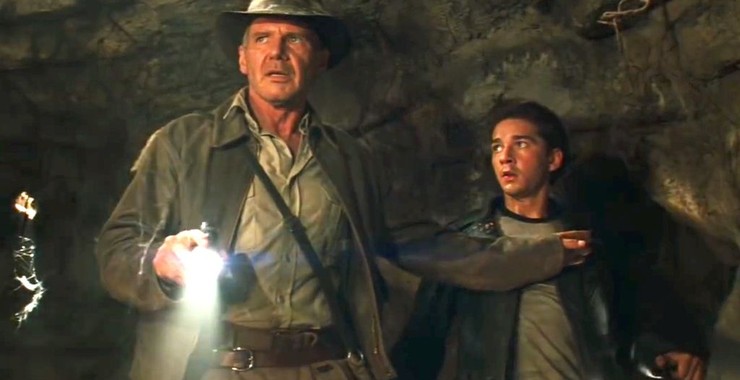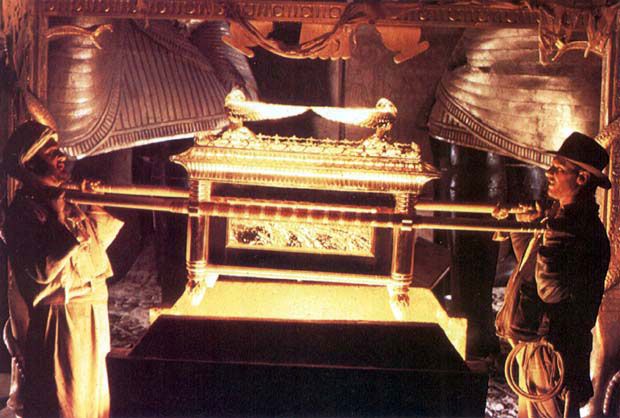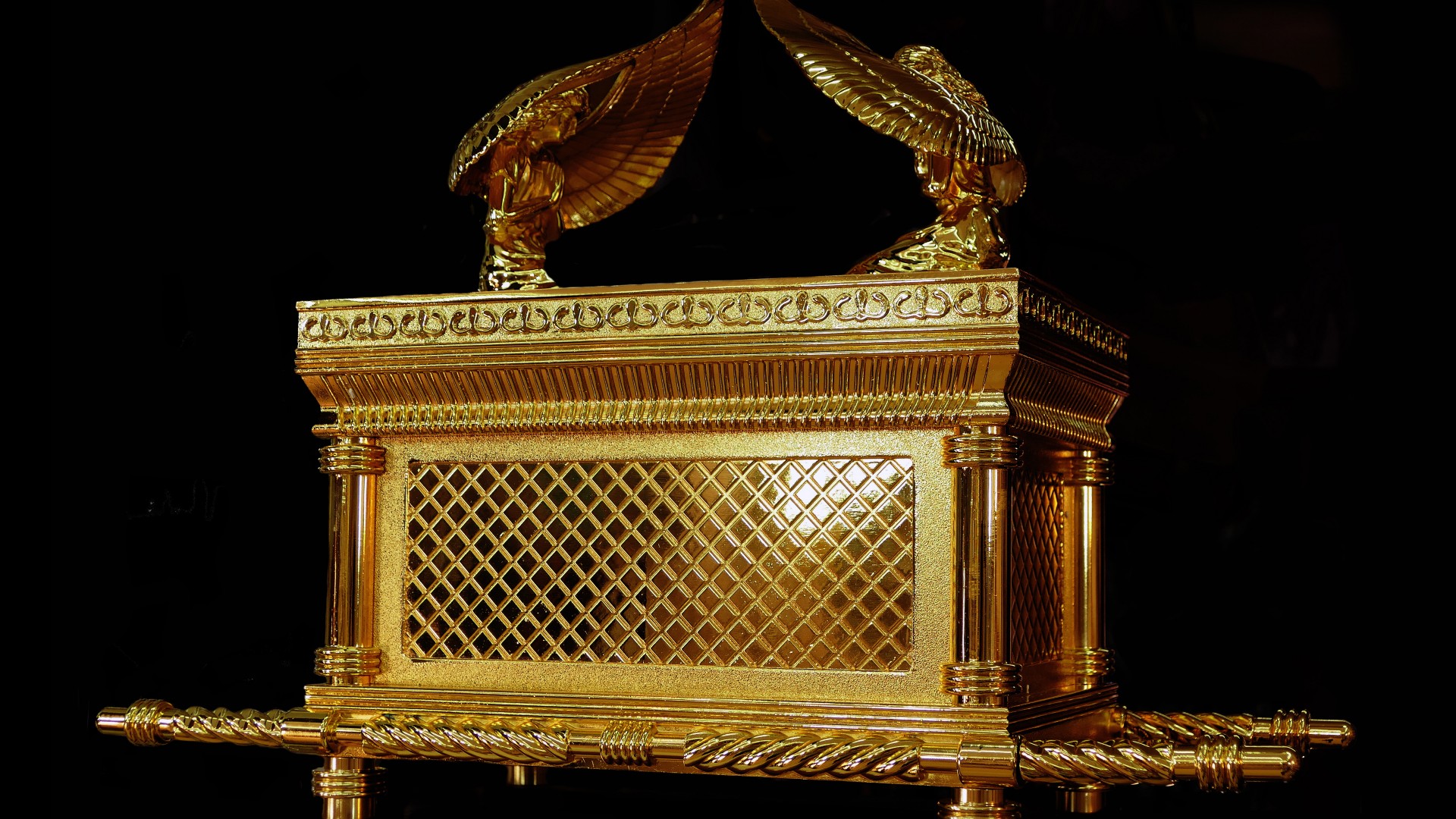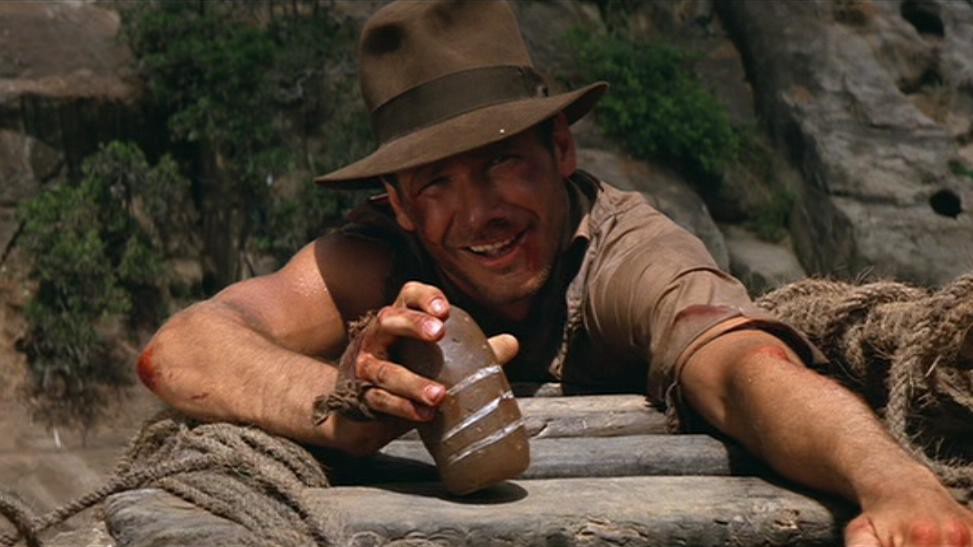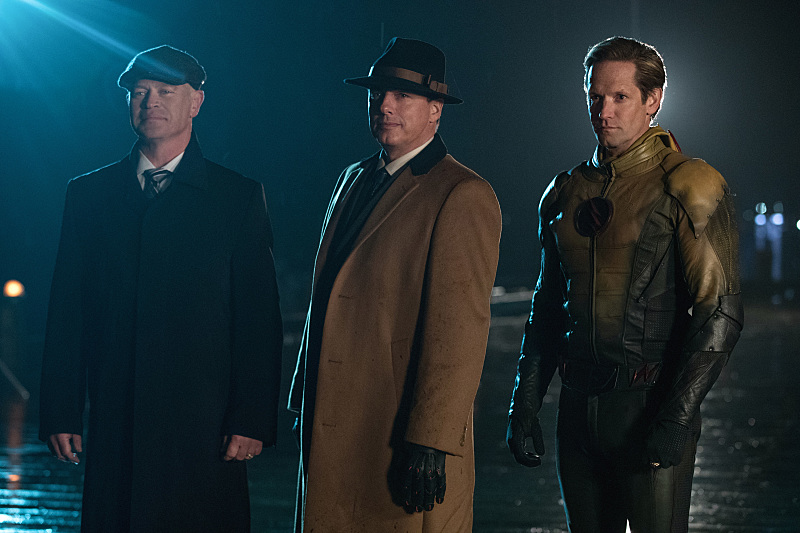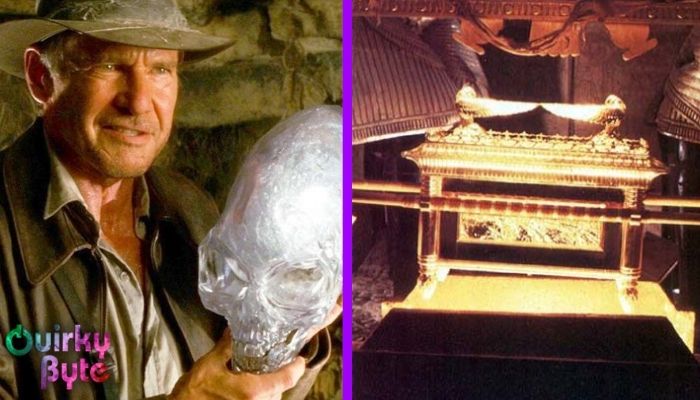
The Indiana Jones franchise consists of way too many fascinating artifacts for Indy and his allies to discover and hunt but which ones are real and based on existing items? Take a look at all the real world Artifacts in Indiana Jones movies. Many of the artifacts we see in Indiana Jones are primarily used as narrative MacGuffins that are said to give their discoverers supernatural powers. The Holy Grail featured in Indiana Jones and the Last Crusade supposedly grants eternal life to “he who drinks” from it, while Sankara stones from Indiana Jones and the Temple of Doom bring prosperity and abundance to the villages that worship them.
The Crystal Skulls
While the powers of the Akator crystal skulls and their history as the heads of an alien race are obviously fictitious, there are numerous real crystal skull artifacts that have been discovered across the world. Of all the artifacts used for the Indiana Jones movies, the crystal skulls are by far the closest to real life items despite Kingdom of the Crystal Skull’s links to extraterrestrial beings. British explorer F.A. Mitchell Hedges had claimed his daughter Anna had found the crystal skull buried under a collapsed altar inside a temple in Lubaantun, Belize way back in 1924. He then handed it over to art restorer Frank Dorland for further expert testing.
The crystal skulls of Akator act as the driving force behind the fourth installment of the Indiana Jones narrative with both Indy and Irina Spalko’s KGB hunting the ancient artifacts fervently. Indiana Jones and the Kingdom of the Crystal Skull’s climax sees Spalko place the crystal skull back onto the body of the Akator chamber’s thirteenth, headless skeleton, causing the aliens to regenerate and fill her mind with a universe’s worth of knowledge, killing her. Similar crystal skulls are on display in the British Museum and Paris Trocadero, while Mayan and amethyst versions have also been discovered, leading many archaeologists and researchers to question if their origins are indeed otherworldly.
The Ark of the Covenant
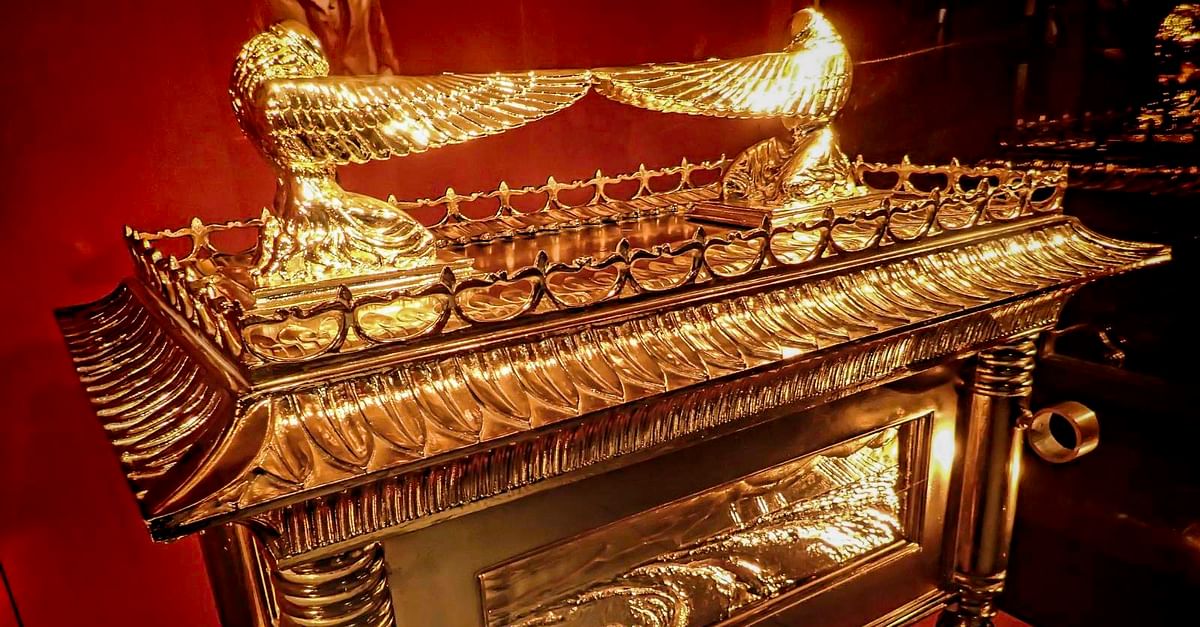
The real Ark of the Covenant attracts intense debate whenever it is mentioned, mainly due to the fact it remains lost today. While the arguments of its existence tend to tread between reality and fiction, there is both historical and biblical precedent to suggest that the Ark existed at some point in time. In the Book of Exodus, the Ark consists of a pure gold-covered wooden chest with a decorative and intricate lid called the Mercy seat, under which sits the two stone tablets of the Ten Commandments. The Ark of the Covenant is easily the most iconic of artifacts associated with the Indiana Jones franchise, appearing in the fittingly named Indiana Jones and the Raiders of the Lost Ark.
The Ark is doggedly pursued by the Nazi regime in the movie, with Gestapo agent Arnold Toht fervently attempting to test its power before bequeathing it to his leader Adolf Hitler. Toht succeeds in wrestling the Ark away from Indy and Marion Ravenwood in Raiders’ final scenes but as the Ark opens, he and his fellow Nazi troops are obliterated by the divine light emanating from the Ark. After its disappearance from the Biblical narrative, there have been several claims of explorers having discovered or possessing the Ark and several possible places have been suggested for its location but none have been verified.
In addition, archaeologists have also discovered tangible evidence of the Ark’s existence at some point while still reaching the consensus that it may since have been destroyed or lost to the sands of time. While by the letter of the law, the Ark of the Covenant may not be considered a genuine artifact due to the myths surrounding it. However, there is enough consistent historical corroboration on its appearance and movements to claim it is a real item from which the plot of the first Indiana Jones movie was derived.
The Lingam
Now the Sankara stones were invented by George Lucas as a plot device for The Temple of Doom but there are stones named Lingam that bear striking ties to Indy’s recovered Sankaras. The Sankara Stones are based on the Sivalinga Lingam, which are carved symbols representing the Hindu god Shiva. According to Hindu folklore, Sankara was a priest who ascended Mount Kalisa, atop which he met the god Shiva before she passed on five stones invested with magical properties that Sankara could use to combat evil. The Lingam of the Shaivism tradition is a short cylindrical pillar-like symbol of Shiva, made of stone, metal, gem, wood, clay, or precious stones, as seen in The Temple of Doom.
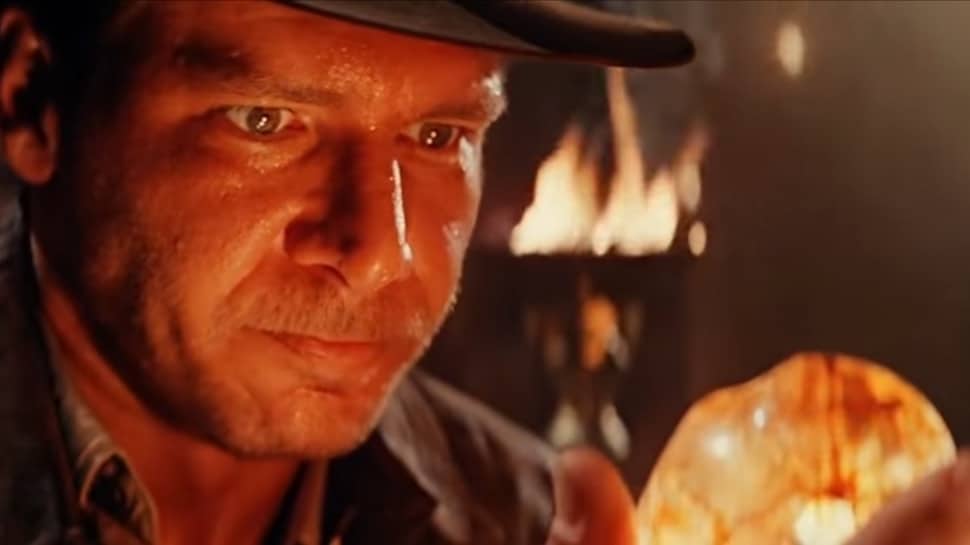
The Lingam stones are revered as an emblem of generative power by those practicing Shaivism. The Lingam are commonly found within a lipped, disked structure that is an emblem of the goddess Shakti, with the two portions of the Lingam and disk representing the totality of all existence. While Indiana Jones and the Temple of Doom understandably plays fast and loose with the Sankara stones’ divine power and healing properties, they bear stark resemblance to the real Lingam from Shaivism tradition.
Follow us on Facebook, Instagram & Twitter for more content.
Also Watch:
